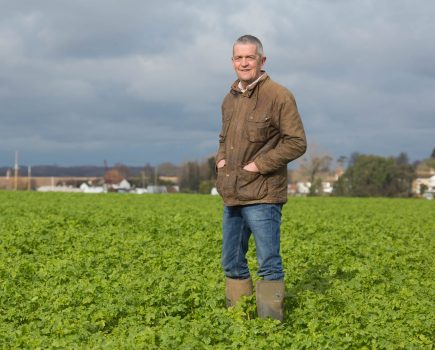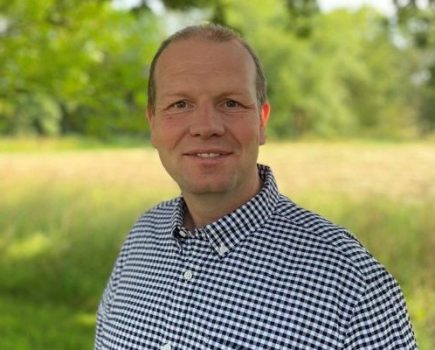 The term “phenotype” is a scientific term used to describe a plant’s characteristics, such as height, biomass, leaf shape, grain or other reproductive characteristics.
The term “phenotype” is a scientific term used to describe a plant’s characteristics, such as height, biomass, leaf shape, grain or other reproductive characteristics.
My recent travels to Peru revealed that phenotyping has been going on as far back as the 1500s when the Andean Incas were conducting phenotyping trials. Concentric circular terraces were built for this purpose around a natural ampitheatre in Moray, near Cuzco at 3500m (11,500ft) above sea level.
The terraces have a height of approximately 150m, with a circular base that has its own drainage system so that it never floods even during the torrential rains of the wet season.
One of the most remarkable features of the site is the vast difference in temperature that exists between the top and the bottom of the terraces, which can be as much as 15°C. This temperature difference creates its own set of microclimates and corresponds exactly to the natural differences that exist between coastal sea level farmland and the Andean farming terraces 1000m above sea level.
Furthermore, DNA pollen studies have indicated that soils from different regions of the Inca empire were imported to each of the large circular terraces to test how crops would grow in soils of different physical properties and nutritional characteristics
The Inca plant scientists could define the precise growing conditions for each variety of maize and potatoes to ensure yield optimisation in different locations throughout the empire.

The temperature difference between the top and the bottom of the terraces, which can be as much as 15°C, creates its own set of microclimates.
Against this background, it’s perhaps not surprising that about 60% of the world’s food crops originated in the Andes. There are actually 4633 native varieties of potatoes still in Peru, some now preserved in the Germplasm bank in Peru. The shape, size and colour of this diversity is still evident when visiting any fruit and vegetable market today.
Genetic diversity is certainly something that we need more than ever, and it’s currently being exploited by plant breeders all over the world. Changing climatic conditions whether it be extremes of heat, cold, rain or drought; the increasing disease, weed and pest resistance to agchems, not mention the loss of active ingredients through regulation collectively are putting tremendous pressures on us all to maintain our current levels of production.
Wheat is a very complex individual, it contains almost 17bn base pairs that form its DNA, compared to a human being with only 3bn. To add further complexity, its genes are contained in three genomes that all co-exist, while we have only one genome. As complex as it may sound, it bodes well for genetic diversity exploitation. It also means that never before has there been a need to automate the phenotyping process of the progeny for unique advantages that we can exploit.
The John Innes Centre and NIAB have one such diversification programme whereby one of the three wheat genomes, the “D” genome, is being interchanged with the “D” genome from wildtype wheats. The result is a “synthetic” wheat which combines true genetic diversity. This diversity manifests itself as producing higher yields and better resistance to biotic and abiotic stress. Furthermore, these synthetic wheats can be passed on to our wheat breeders who can use them in crosses with their own elite lines in traditional breeding programmes
Looking further ahead, one day gene editing will be permitted as a plant breeding tool, so that known beneficial genes can be upregulated and counterproductive genes silenced.
One thing for certain is that as current breeding initiatives continue to gather momentum, the need for detailed examination of the progeny has never been so important. How does a new variety stand up to septoria, drought, heat stress or soils at field capacity?
The day of field trials assistants walking thousands of plots with a clip board and providing a visual assessment maybe numbered, instead, this could all be done remotely from the use of multispectral and hyperspectral drone imagery.
JIC and Rothamsted both are using overhead gantries that scan different wheat types and are developing the tools needed for characterising wheat plants in terms of their physiology. Remote sensing companies are starting to look at synthetic aperture radar to look more precisely at plant height, leaf angle, shape and size as well as tiller number. Other techniques such as the laser “LIDAR” technique will also enhance the capabilities of phenotyping going forward.
It all sounds a long way removed from the Inca scientists observing differences on the terraces at Moray, but the determination and quest for better varieties for the future are still as important, if not more so, than ever.
Formerly technical director at Velcourt, Keith Norman is an independent consultant who avidly pursues innovation in agriculture. @KeithNorman_Ag




